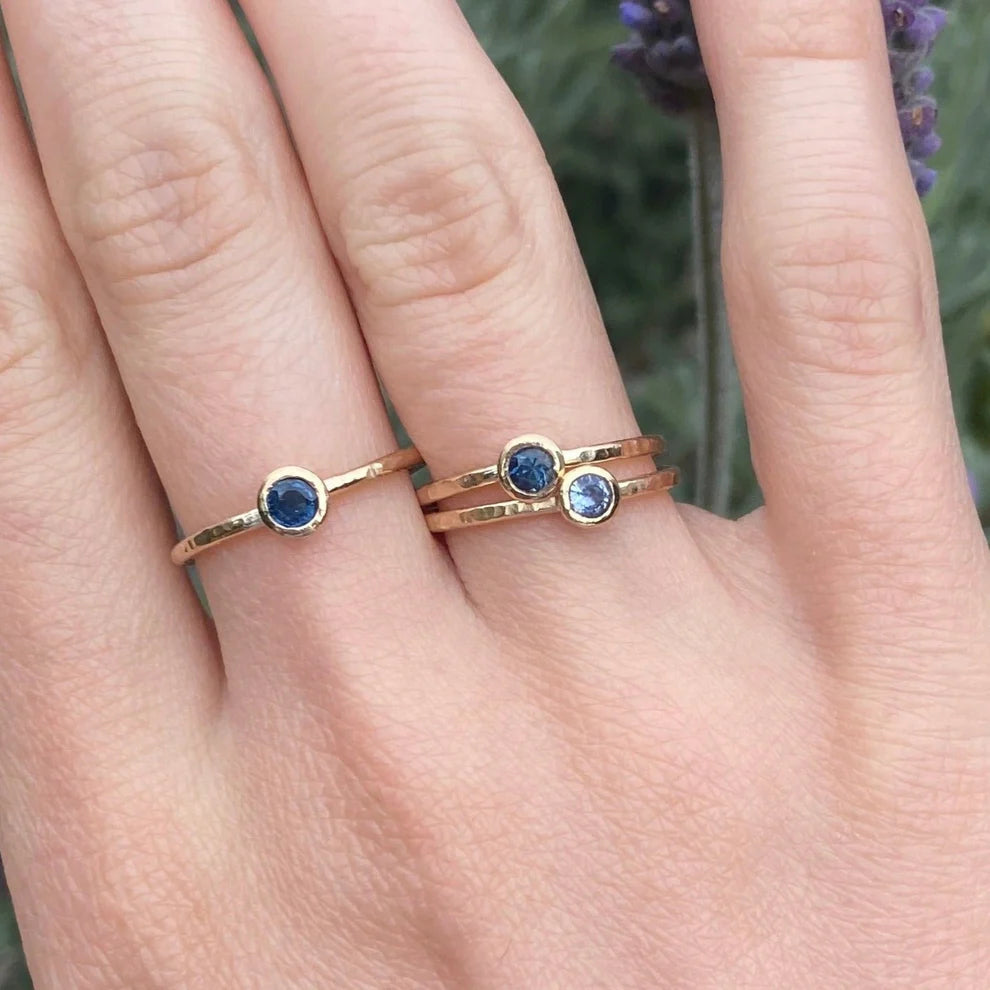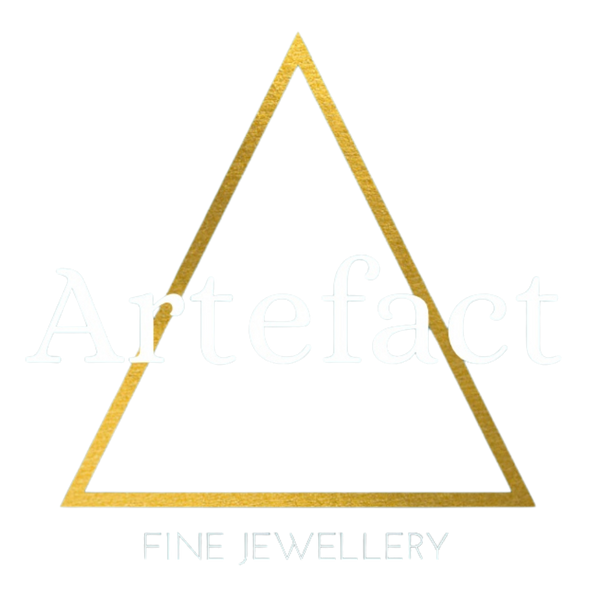Gold plated, gold vermeil, gold filled or solid gold? Here’s what you need to know when buying ‘gold’ jewellery.

Gold has been used as money and for jewellery for hundreds, perhaps thousands of years. Gold warms quickly to skin temperature, doesn’t tarnish and is very durable, making it an excellent choice for jewellery.
Gold in its natural form, has a lovely yellow glow and by alloying it with other metals, a variety of colours can be obtained; the most common being yellow gold, white gold and rose gold. If you love the look of gold but are concerned by the price tag, you might be considering gold plated, vermeil or gold filled jewellery - but it is important to understand the quality of what you are purchasing, so you can decide if it is worth the price you are paying.
Gold plating
In gold plating, the gold is typically 0.5 microns thick over a base of brass or another base metal. It generally wears off jewellery very quickly and can cause issues for people with sensitive skin. Due to its thin coating, you will need to remove jewellery before washing your hands to avoid the colour fading quickly. Gold plated jewellery is not recommended if you are looking for a piece that you can wear regularly.
Gold vermeil
With its much cheaper price tag, gold vermeil jewellery is becoming much more common. Vermeil is similar to gold plating but is five times heavier than standard gold plating. It still needs to be treated with care and will still tarnish and wear off quite quickly in high-wear areas.
In the US, vermeil is defined by law as no less than 2.5 microns of carat gold (of at least 10ct purity) layered over sterling silver. To give you an idea of how thick vermeil is, a micron is one thousandth of a millimetre. The average human hair is 50 microns thick, so vermeil is 20 times thinner than a human hair. It may be cheaper - but you don’t get a lot of gold, and as not all countries adhere to the US standard, some vermeil may be considerably thinner, so keep this in mind.
Gold filled (also known as rolled gold)
Handmade, gold filled jewellery can be particularly problematic as the top layer of gold can be impacted in the making processes of forming, filing, soldering and polishing. This can lead to thinning of the gold and tarnishing around the joins in the metal. While gold filled jewellery is cheaper than solid gold, it is not as durable and doesn’t retain its value.
Solid gold
Pure gold is 24 carats and contains no other metals. Lower carats of gold contain less gold with 18ct gold containing 75% gold and 25% other metals, often copper or silver. A solid 9ct yellow gold piece will be 37.5% gold and likely 42.5% silver and 20% copper.
The minimum carat for an item to be called ‘gold’ varies by country. In Australia and the UK, 9ct is the lowest carat permitted to be called gold, while in the US it’s 10ct.
When purchasing solid gold items, it is worth noting that the lower the number of carats, the stronger the jewellery is going to be. Higher carat gold is softer and more resistant to tarnishing. Further, solid gold jewellery will retain or even increase in value over time, so it is worth investing in classic gold pieces that will well outlast plated, vermeil, or filled jewellery. Think of these lower quality options as costume jewellery for shorter term or ‘trending’ purchases you make.
At Artefact Fine Jewellery, we only use solid gold. While it might cost a bit more, incorporating 9ct gold into jewellery means it is not only beautiful, but longer lasting and more durable. Outside of our gold collection, much of our silver jewellery includes elements of solid gold, providing an affordable entry point for many shoppers beginning to invest in life-long pieces.
Treating yourself to these pieces of jewellery now will not only provide you with much pleasure, but also give you something that you can hand down to the next generation in future years.
Shop jewellery with a touch of gold

